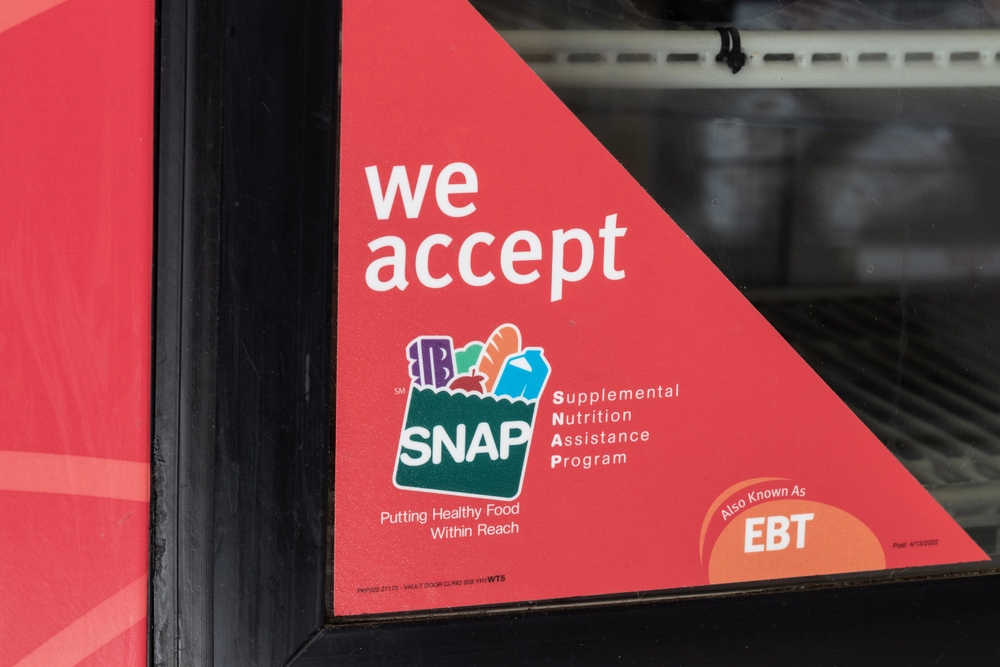Parents fight with their kids more about driving than dating, and they’re paying over $6,000 a year for it, on average, according to a recent survey.
The survey of 2,000 American parents with a teen driver found that parents disagree more with their teens about driving (51%) than about their screen time (48%), grades (39%), life plan (35%) or even their dating lives (32%).
According to results, they’ll have an average of four disagreements per month with their teens about it, with the most common points of contention being how fast they drive (60%), how late they stay out at night (52%) and how much gas they use (50%).
And along with driving disagreements taking an emotional toll on parents, the finances stack up as well. Looking at the cost breakdown, 81% of parents surveyed pay for all or some of their teenager’s gas, contributing $176 on average per month.
Ninety-one percent cover all or some of their teens’ insurance, totaling to an average of $206 per month, and 92% pay for all or some of their teenagers’ car maintenance, costing them $158 per month on average.
Faced with rising costs and safety concerns, many parents are trading some teen independence for greater oversight, from telematics to stricter house rules.
The Cost of Safety on the Road Is Worth It
The study was commissioned by Lemonade car insurance and conducted by Talker Research to uncover how much parents pay to fully equip their teens for the road, as well as the measures and tools they use to set their teens up for safety and success as drivers.
In the study, when asked what they’re more worried about — the cost of their teen driving or their safety — nearly all parents (93%) said their child’s safety on the road is more important than how much it costs to equip them as a driver.
And one way parents and insurance providers are taking their teens’ safety seriously is by using telematics, or remote monitoring, to keep an eye on and assess their teenagers’ driving.
When respondents were asked how they felt about insurance companies using telematics to track their teens’ driving habits, most (63%) felt positively about it, with more than a third (35%) reporting that their insurance provider already uses telematics to monitor their teenager.
This points to a broader shift: parenting in the AI age, where digital tools help keep teens safe while raising questions about privacy and autonomy.
Another way parents are working to ensure their teens’ safety is by establishing driving rules for their teenagers.
In the survey, some of the most common driving rules parents have for their teens were found to be: no phone usage at all when driving (73%), they must always tell their parents where they’re driving to (61%), they need to be home by their curfew (60%) and they’re not allowed to drive when tired (52%).
More than half of parents (56%) have also grounded their teens in the past from using the car, often for breaking driving-related safety rules, and almost all (96%) reported they’re currently working with their teen to teach them to be a safer driver.
“Almost all parents say safety comes first,” said Nikki Lerol, head of APD and claims telematics at Lemonade. “But the data shows the emotional price of getting there: more arguments, more oversight, and a lot of house rules. Digital tools like telematics can help teach responsible driving, as long as families talk openly about boundaries and trust.”
Generational Shifts in Teen Car Ownership
The data also revealed a major generational shift in teen car ownership and how families supervise driving.
Looking back at how many parents surveyed were car owners when they themselves were teens, 45% had their own cars, and of those, many bought their cars themselves (35%). Back in the day, only 41% said they shared a vehicle with their parents.
In 2025, nearly two-thirds of teens (61%) share a car with their parents, a setup that naturally makes monitoring and coaching easier. It’s less common these days for teens to have their own cars, compared to when their parents were growing up (39%), and even less popular for teens to buy their own (14%).
Sharing cars also reflects today’s financial reality, and it can make monitoring, coaching, and safer habits easier.
“We commissioned the study to investigate not only the financial implications of having a teen driver, but also the emotional rollercoaster that parents go through to help their teenagers navigate the road safely,” said Lerol. “And we found that parents are going above and beyond, using thoughtful and well-planned safety rules and savvy tools like telematics to keep their kids safe.”
Most Common Driving Rules Parents Set for Teens
- No phone usage at all when driving (73%)
- No talking on the phone (71%)
- They must always tell me where they’re going (61%)
- Be home by a certain time at night (60%)
- No driving when tired (52%)
- They must text me when they arrive at the destination (50%)
- They must have tracking enabled on their phone, so I can see where they are (43%)
- No eating while driving (42%)
- No driving people I haven’t approved them to drive (38%)
- No driving past a certain distance from home (27%)
- No driving at night (22%)
Survey methodology:
Talker Research surveyed 2,000 Americans who drive, and who are also parents to a teen driver; the survey was commissioned by Lemonade and administered and conducted online by Talker Research between Sept. 9 and Sept. 16, 2025.











